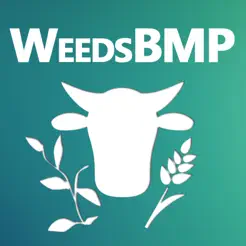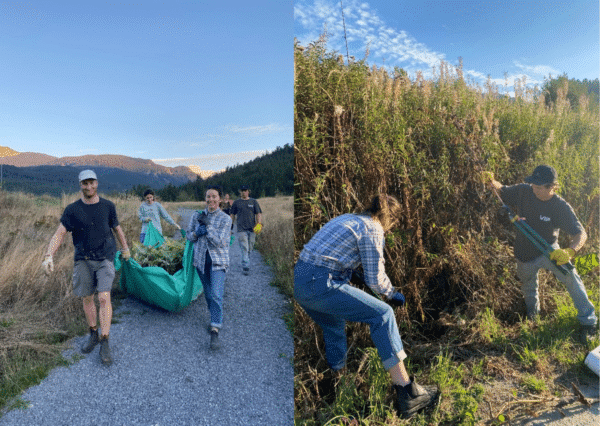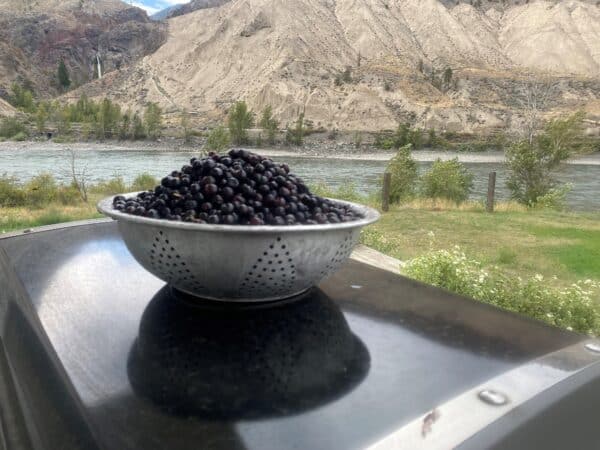By Lisa Houle | August 8, 2023
For the enthusiastic community scientist, there are options when it comes to observing and reporting native and invasive species. There is also an option specific to livestock and forage producers in BC – the WeedsBMP app.
The WeedsBMP app includes identification and management information for 95 invasive plants of concern to the agricultural community. Categorized by grasses, sedges and rushes in one group, and broadleaved plants in another, detailed information is provided on identification, habitat and ecology, impacts, and management options. A summary of provincial and regional invasive plant contacts from across the province is also included.

“The WeedsBMP app is an excellent tool for livestock and forage producers. It’s easy to use with all the information about invasive plants in one place, and it’s free,” said Dave Ralph, ISCBC’s Senior Manager of Operations. “By identifying invasive species in the app, users can learn how to manage invasives to minimize the impacts on their operations. Knowing that some invasive species reduce forage quality and outcompete cultivated species – reducing yields in BC by a staggering $50 million each year which can contribute to higher production costs – it’s worth looking into. ISCBC is here to help.”
The two sections of invasive plants are further sorted by common name, scientific name, priority, and flower colour. When you look up Burdock (Arctium spp) under the broadleaved category, for example, you’ll learn how to identify it by its mature flower heads which form a prickly bur which sticks to clothing and traps native species like bats. You’ll learn about Burdock’s preferred habitat, how it reproduces, and its lifecycle. You’ll discover the ecological, human, and ecological impacts of this plant, such as how it can alter the taste of cow’s milk if eaten in large quantities, and once entangled in the hair of sheep it damages the quality and reduces the value of the wool. And you’ll take away useful tips on how to best manage infestations such as by using a herbicide, which are most effective when applied to young seedling or rosette plants.

The app is a tool to help agriculture producers understand best management practices regarding invasive species. In a recent news release regarding the Kunming-Montreal Global Biodiversity Framework (GBF), the GBF aims to halt and reverse biodiversity loss by 2030. Further focus is placed on reducing overall risk from pesticides, regarding timing of application, effectiveness of the product, science, and other pest management approaches.
“With advice garnered from experts, and sources provided for more information, the WeedsBMP app is an effective tool to help meet these targets.” said Dave.
Taking action by observing and reporting helps invasive species managers across BC enhance their knowledge of the current distribution of new and established invasive species. Together we can work towards COP15’s biodiversity targets and help protect BC’s natural spaces.
Lisa is a Communications and Outreach Coordinator at ISCBC. She values a diverse environment and connecting with others about environmental protection. In her spare time Lisa enjoys spending time at the ocean and beach combing for sea glass. You can reach Lisa at lhoule@bcinvasives.ca
Share





